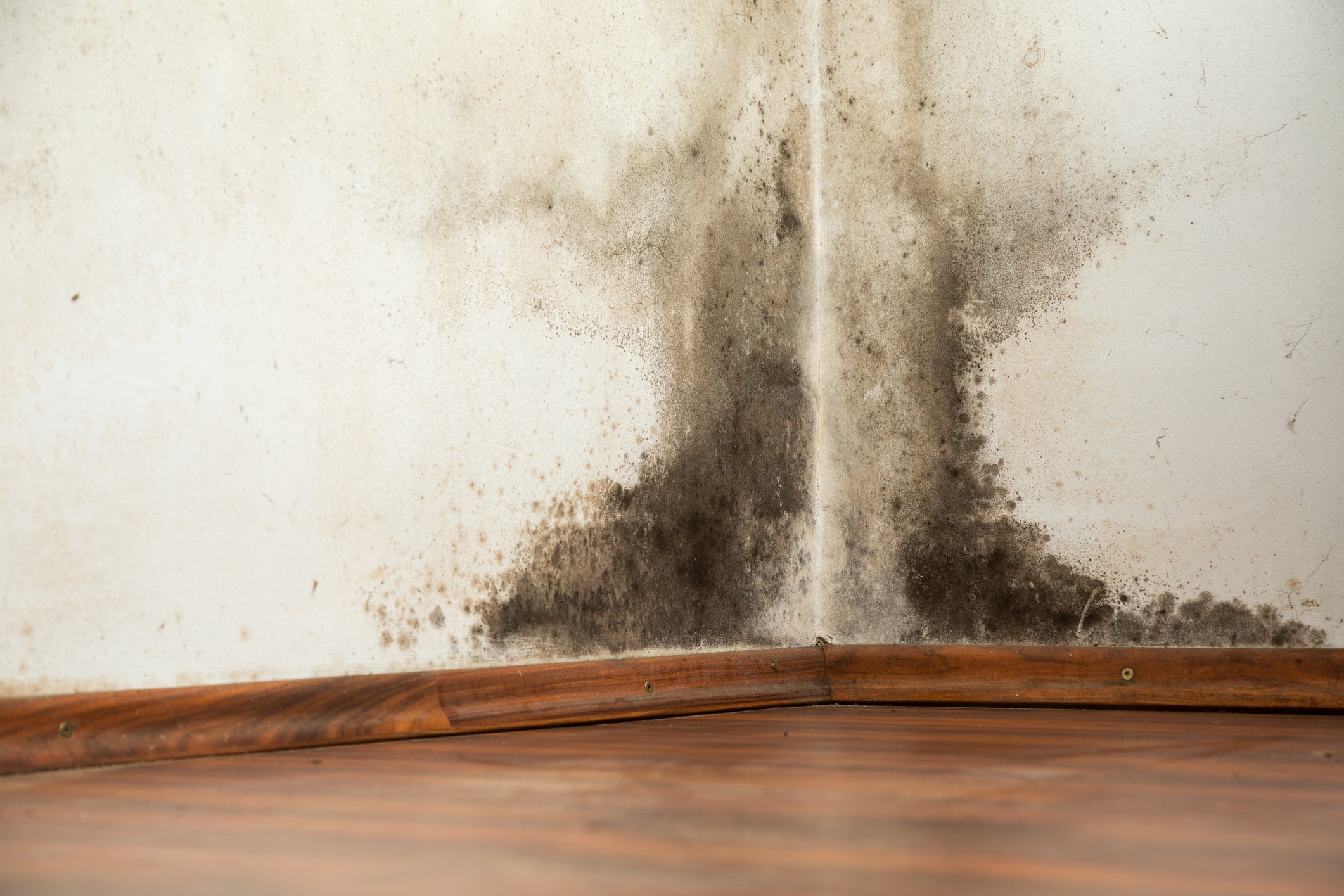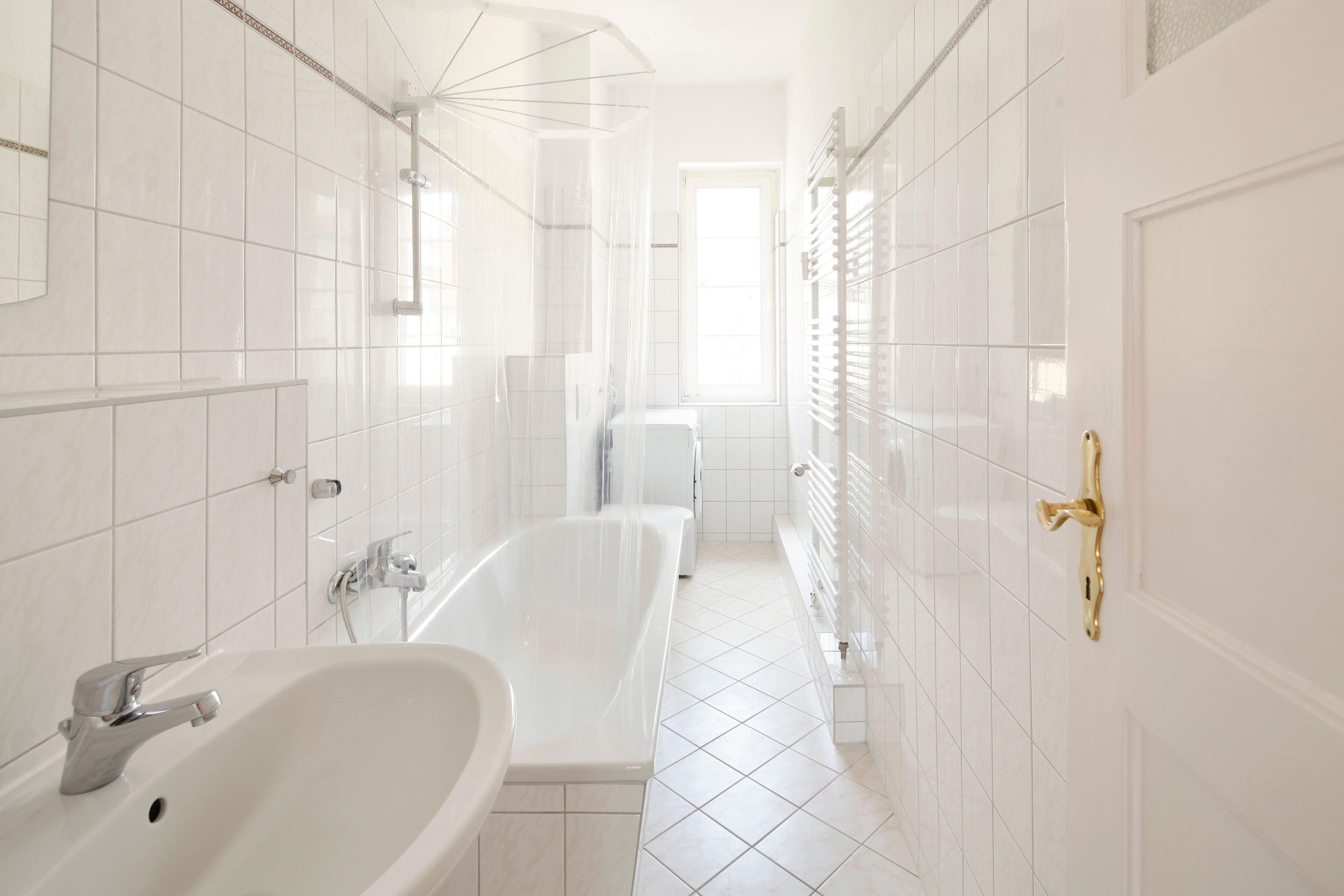Experts reveal the one thing to change to stop mould growing inside your home
How to remove back mould from your bathroom and bedroom

Your support helps us to tell the story
From reproductive rights to climate change to Big Tech, The Independent is on the ground when the story is developing. Whether it's investigating the financials of Elon Musk's pro-Trump PAC or producing our latest documentary, 'The A Word', which shines a light on the American women fighting for reproductive rights, we know how important it is to parse out the facts from the messaging.
At such a critical moment in US history, we need reporters on the ground. Your donation allows us to keep sending journalists to speak to both sides of the story.
The Independent is trusted by Americans across the entire political spectrum. And unlike many other quality news outlets, we choose not to lock Americans out of our reporting and analysis with paywalls. We believe quality journalism should be available to everyone, paid for by those who can afford it.
Your support makes all the difference.Experts have revealed their tips for removing mould from inside homes.
Mould is a form of fungus which can grow on walls, windows and corners of your home due to damp and humid conditions, and build-up of condensation.
When it comes to the nitty-gritty of dealing with damp and mould, condensation is at the root of the problem.
“Mould can show up in various forms, however it usually appears as dark spots or clusters around your house,” notes Edward Jonkler from Remora Cleaning.
“Mould will continue to grow in your home if not treated or cleaned, and the conditions you are living in are not altered,” he warns.
Here’s how to prevent the growth.
Mould in the bathroom
“Black mould growing in your bathroom is an awful sight,” highlights Jonkler. “If your bathroom is not well ventilated, condensation can build up, which can result in mould growth.”
He says there are a few ways you can deal with it…
1. Install an extractor fan and ensure it has a delay on it, so it stays running past the time you use your shower and toilet in the bathroom.
2. Checking your vents are working and open in the bathroom will help the air to circulate better.
3. The heat from bathroom radiators helps to dry out damp patches on walls and windows, resulting in less condensation and helps reduce the build-up of mould.
4. Ensure you’re using the right paint. There are special paints designed to be used in bathrooms and kitchens; or opt for an anti-mould paint with mould-resistant formulas to stop growths specifically in wet and damp areas, like your bathroom.
Mould around windows
“If you’ve experienced the build-up of black mould around your windows or sealant, you can attempt to remove these using washing-up liquid or white vinegar,” suggests Jonkler.
“While this solution has been tried and tested and can work depending on the severity of mould build-up, the best way to avoid a recurrence is to remove the sealant from the windows entirely before resealing them.”

Jonkler says it’s also worth checking your window frames while inspecting the extent of your mould build-up.
“Mould could be a result of cracks in your windows, with air being let in, so it’s important to ensure your windows are sealed properly once you’ve removed the mould present – to ensure no further build-up occurs.”
Mould in the bedroom
Condensation in bedrooms is something commonly overlooked, especially if you’re not spending that much time in it – other than sleeping at night, notes Jonkler.
His top tips to prevent mould growing and stop it occurring again include…
1. Invest in a dehumidifier and use it daily to collect accumulation of water in your bedroom.
2. Opening the windows regularly/everyday helps circulate the air in and out, helping to prevent mould forming; especially if your room gets hot and stuffy.
3. Keep the heating on a low temperature. At night your body heats up, which can cause a build-up of condensation in your room, so try keeping it to a minimum.
Mould on external walls
“While mould inside our homes is due to a build-up of condensation, exterior mould can be down to a number of factors, including a leak inside your property, or moisture getting trapped in exterior walls,” notes Jonkler.
“You can buy fungicidal chemicals designed for cleaning mould off exterior walls, which should be used when cleaning the damaged area.”
He continues: “From here there are various other tactics homeowners can take. But the first thing is to identify the cause of the penetrated damp – and go from there.”
Mould build-up on exterior walls of houses is trickier to deal with, warns Jonkler. So seeking professional advice and guidance on the best solution is the recommended approach.